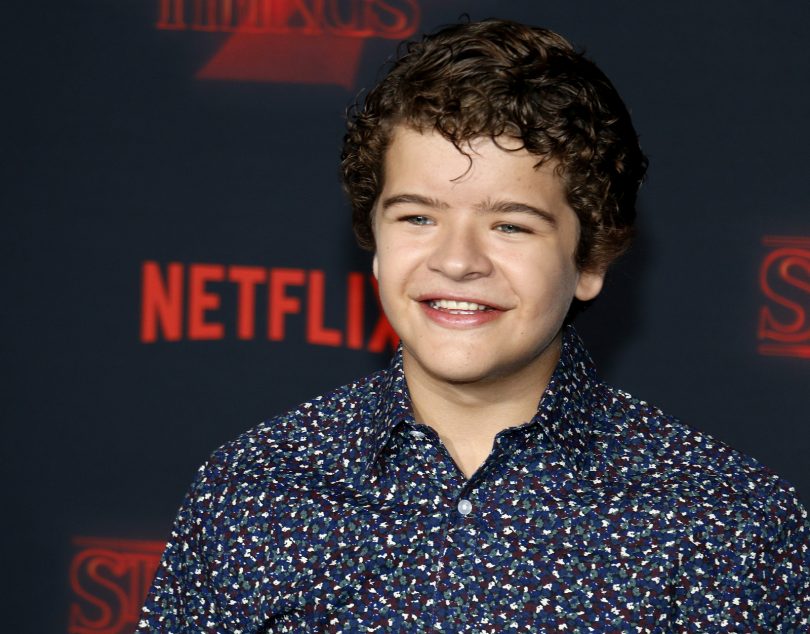A genetic mutation gives a child the ability to bend his body in a fantastic way, creates unusual teeth and even changes the shape of his skull.
If it sounds like a plot from the popular show “Stranger Things,” well, it is.
Like his character, Dustin Henderson, actor Gaten Matarazzo has a genetic mutation that has resulted in the condition cleidocranial dysplasia. Only one out of every million children has this mutation, which affects a protein that is important in the formation of teeth, bones and cartilage. As a result, children with the condition may be born without collarbones, enabling them to bring both shoulders together so that they nearly touch. These children often retain their baby teeth well into teenhood, and when adult teeth do come in, they may be unusually shaped or misaligned. Bones may be more brittle, which puts them at greater risk of fracturing. All children are born with openings in their skulls that close in early childhood, but for children with cleidocranial dysplasia, these holes stay open for the rest of their lives, which makes it dangerous for them to play contact sports.
The character Dustin is quick to educate his friends about why his teeth look different—“I told you a million times, my teeth are coming in. It’s called cleidocranial dysplasia”—and now that his adult teeth are in, takes every opportunity to show off “these pearls,” as he says with a grin.
Which sets a positive example that we are all “one of a kind,” said Dr. Jack Yu, a plastic surgeon at the Craniofacial Center at the Children’s Hospital of Georgia. Throughout his 27-year career, Yu has cared for only three patients with this disorder. “It also opens up an opportunity to educate the general public about bones and bone health.”
Better bones
Most of us will never know anyone with cleidocranial dysplasia. But we all can benefit if we know more about how to keep our bones healthy. “Most people think bone is just like a hunk of marble,” said Yu. “But it’s an active organ.”
We talk frequently about the benefits of exercise to build up our muscles and make our hearts stronger, but exercise—particularly during our growing-up years—helps set us up for strong bones well into old age, said Yu. “If you sit around and watch TV all day, you’re not going to have good healthy bone when you grow old.”
Frequent, low-impact exercise, combined with short bursts of higher impact exercise, are both necessary to stimulate active, healthy bone. Examples of low-impact exercise include walking, biking or swimming, while high-impact exercises include running, jumping rope, hiking and dancing. “Stress caused by exercise is good for bones,” said Yu. “You have to use it to keep it.”
Parents should also ensure that children they get enough vitamin D and calcium. So say hello to sunshine: Even playing outdoors for just 15 minutes on a sunny day is enough time for your child to absorb a day’s worth of vitamin D. For calcium, the best sources are milk, yogurt and cheese, but kids who are allergic to dairy can also get calcium from fortified cereals or tofu, leafy green vegetables, beans, edamame, oranges and prunes.
What’s normal?
It’s also important for us to realize that many of us are born with genetic mutations. They just may not be visible or even exhibit any physical changes, unlike for children born with cleidocranial dysplasia, cleft palate, cystic fibrosis, sickle cell anemia and others.
These not-so-visible mutations are known as single nucleotide polymorphisms, and each of us has roughly 10 million SNPs within our DNA. They can affect how our body reacts to different drugs, increase our risk of developing certain disease and make us more susceptible environmental toxins.
They also mean that each of us in our own way are abnormal, says Yu with a smile. “Even identical twins are not truly identical,” he said. “So who’s to decide who’s normal and who’s abnormal? Our genes make us all uniquely different.”




